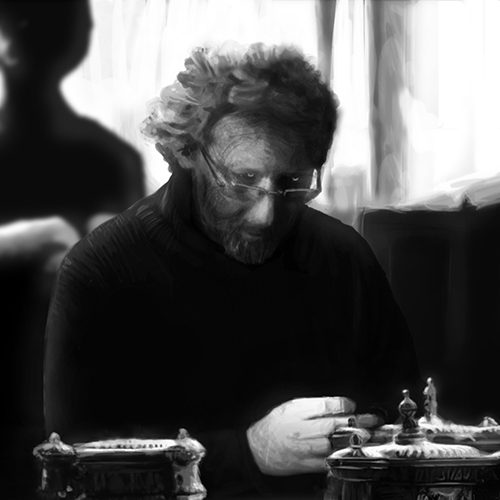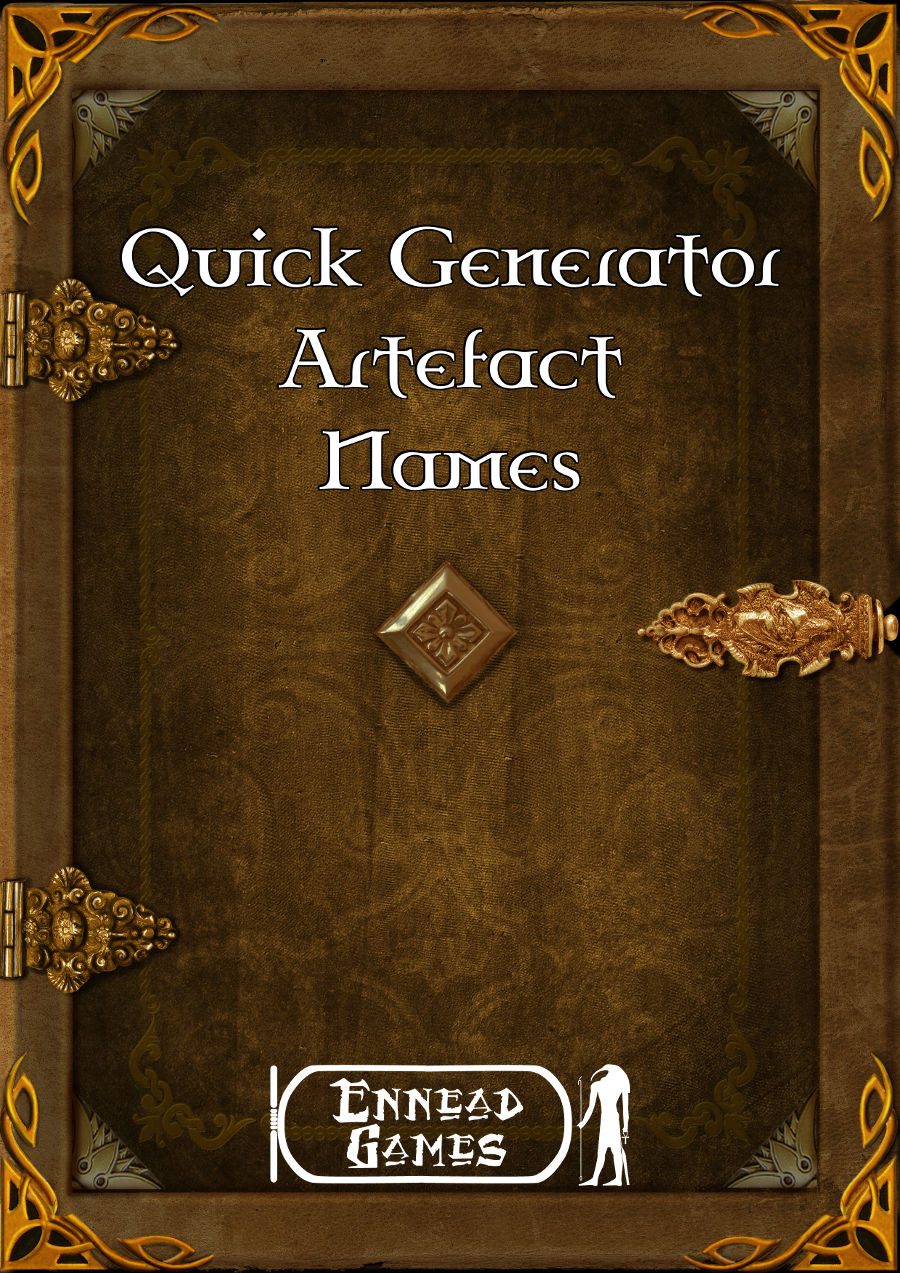
What is in a Name, Part 2: GMCs
Phil Nicholls blogs at Tales of a GM, where he writes about narrative gaming, faster prep and more story. He is currently running a HeroQuest Glorantha campaign in a home-brew setting. Phil has written for Johnn Four’s Roleplaying Tips newsletter and has a selection of self-published pdfs.
This essay is taken from the archives at Tales of a GM.http://talesofagm.com/
In a previous article, I proposed the term PC was no longer relevant to the hobby. Instead, the word Hero should be used instead, as it gives better goals to the Player. Today I would like to turn my attention to everyone else: the NPCs.
The essence of a roleplaying game is for the Players to play a role. It is there in the name: ROLE-playing game. The Players will often roleplay with each other, having planning sessions in-character, or playing out some inter-party drama. Yet most opportunities for roleplaying come through interactions with the wider world, meaning direct interaction with an NPC under the control of the GM.
Thus, as a GM, one of my biggest tasks is the creation of a stream of NPCs for the Heroes to talk with and, often, attack. As this is one of my weekly tasks, I devote a lot of time and effort to my NPCs. This started me thinking about the term NPC.
The ABC of the NPC
NPC is another of the hobby’s beloved Three Letter Acronyms. Indeed, there are so many acronyms scattered through the hobby that the phrase Three Letter Acronym has itself been reduced to a three letter acronym: TLA.
The TLA NPC, as you well know, stands for Non-Player Character. As with the term Player Character, so the label Non-Player Character starts to fall apart when each piece is examined.
Non
My biggest gripe with the term NPC is with Non. Labeling something according to what it is not seems very negative. Such a label is not actually telling us what something is, just what it is not.
I wrote the first draft of this post with a non-pencil, so you immediately know what I used. Right? No, of course, you do not. You might guess I used a computer of some type, but such an assumption is based as much on the end product, a digital article online, rather than the label non-pencil. For all the label tells you, I could have used a pen, a typewriter, a Dictaphone, a laptop, a Mac, a tablet or one of a number of modern devices.
In truth, I used a netbook, a small laptop. NOW you know exactly the tool I used. Such precision is achieved not when I tell you what I did NOT use, rather when I give you a clear label about what I used. In the same manner, it makes more sense to apply a label describing what an NPC actually is, rather than what it is not.
Player
In the previous article, I outlined the issues with the Player part of Player Character. My objections still hold true for NPC. Is the GM not a Player too? A different type of Player, but still a Player. Thus, this part of the term does not make sense either. If the GM is also a type of Player, then the characters that the GM controls are not Non-PLAYER Characters.
Character
Likewise, in the previous article, I also outlined the issues with the Character part of Player Character. These objections are not so strong when it comes to NPCs. In fact, the argument here is almost turned on it head. For all the reasons that the Players ought not to be encouraged to play “just” characters, these are exactly the reasons that the NPCs should be characters.
The word Character makes sense, in this context. It is a constant reminder to the GM that every other person in the setting IS a character. They are distinct personalities, with feelings, desires and goals, rather than just a stat block and walking experience points.
Not that the overworked GM needs to generate a complete backstory for every person the Players meet. However, the GM should always bear in mind that every inhabitant of their world has a personality, a backstory, friends and a family. Should the Players talk longer with an NPC, then more of these details will come through.
There are layers to everybody, and extended interaction will slowly reveal more about that person. If the Players show an interest in an individual, then feed this interest by having the character recur in the story, each time having another layer peeled back, showing more details about the individual.
The Players are likely to assume that this process would apply to everyone in the setting, which is true. This will lead to greater engagement with the setting, as it would seem much deeper.
GMCs
So where does this leave NPCs? I understand that this term comes from the origin of the hobby. I appreciate that if you ring-fence the Player’s avatars as something special, labeling them Player Characters, then a term is also needed to refer to everyone else. I understand how the label NPC achieves this, how it succeeds as a blanket term that accurately describes all the other personalities in the setting.
Yet, there ought to be a better term, a term that does not define NPCs by what they are not. From the points raised above, it is clear that the word Character needs to be part of the new label.
As telegraphed by the title to this essay, the obvious label is GMC: Games Master Character. GMCs are under the control of the GM, and therefore ought to be labeled as such.
Conclusion
Just as with replacing PCs with Heroes, the term NPC is unlikely to leave our hobby. Yet, there is no reason you cannot use the label GMC in your game. The label empowers you, the GM, to stand up and claim all these other characters as your responsibility.
Show how are playing the role of everyone else because YOU want to, not because the Players cannot. These are your characters, your chance to join in the acting fun. So give them a label that shows you care about them.
Do you think the term could catch on? Is there another label you prefer? Share your thoughts in the Comments below.
Happy Gaming
Phil
For more essays from Phil, and updates about his latest campaign, visit Tales of a GM.
http://talesofagm.com/




One thought on “[Guest] – What is in a Name, Part 2: GMCs”
Comments are closed.